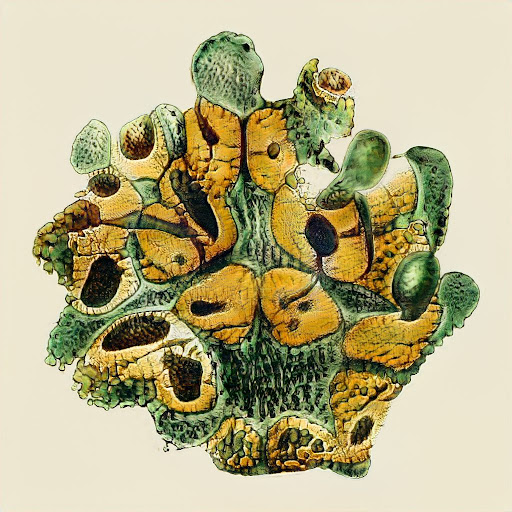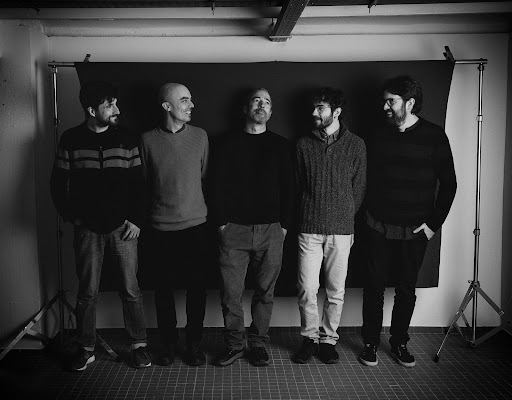Syllabus⇝
The first part of the seminar sets the grounds for designing with/for/by AI in the current and future world conditions. The focus is on the conceptual basis of AI and how the practice of design has spawned a wealth not just of new possibilities but of new methods too. Post-human, Post-digital, Smart Interaction and Multiple Intelligence (or shamanistic) design are explored and the basis of their methodologies are shared.
The second part of the seminar will be focused on Artificial Intelligence and contemporary visual culture. With a practical approach, and by learning some techniques and tools, part of the concepts learnt on the first part will be applied in class exercises.
A speculative project will be developed by the students in small groups during the seminar and will be presented at its end.
Learning objectives⇝
- Learn basic concepts and techniques of AI, and its different fields
- Understand some of the ethics impacts of AI
- Learn to use technical tools to run some AI programs
- Understand the current proposals in designing with/for/ Extended Intelligence
Schedule⇝
Ramon Ramon Sangüesa
Afternoon
- The real AI: what is is, what is not and what it could be.
- Intro to Machine Learning Different Methods (theory and examples, no programming)
- Design and AI: designing autonomous intelligent “others”. Main dimensions. Interaction. Design Values.
- First round of project ideation
Estampa
Afternoon
- Situated IA introduction.
- Intro to the working environment.
- Student work/Support.
- Presentation of Estampa's projects
Estampa
Afternoon
- Student presentation of exercise [Datasets].
- Theoretical and practical technological concepts. How do these technologies work? How to use them beyond the web interface?
- Using AI services through APIs and with libraries.
- Student work/Support.
Estampa
Morning
- Student presentation of exercise [Services].
- Latent/Multidimensional/Embedding spaces.
- Student work/Support.
Afternoon
- Student work/Support [2h]
Estampa
Morning
- Student work/Support
Ramon Sangüesa / Estampa
Afternoon
- Students presentation of students' work
- Feedback [2h]
Methodological Strategies⇝
Lectures, workshops, project-based learning and team-based learning
Deliverables⇝
Project presentation
Document containing:
- Project name
- Group members
- Project description and contextualization
- Software + Hardware used or built or their specifications
Grading Method⇝
| Percentage | Description |
|---|---|
| 25% | Class Participation |
| 50% | Project |
| 25% | Personal Reflections |
European Credit Transfer and Accumulation System (ECTS)
3 ECTS
Additional Resources⇝
Alpaydin, E., 2016. Machine Learning. The new AI. Cambridge, Massachusetts: the MIT Press.
Bridle, James: New Dark Age: Technology and the End of the Future. London: Verso, 2018
Bridle, James: Ways of Being. Allen Lane / Penguin, 2022
Crawford, K., 2021. The Atlas of AI: Power, Politics, and the Planetary Costs of Artificial Intelligence. Yale University Press.
D’Ignazio, C., Klein, L. F. (2020). Data Feminism. The MIT Press
Joler, V., Pasquinelli, M., 2020. Nooscope.
Kogan, G., 2016. Machine Learning for Artists (Collection of free educational resources). Github.
Miller, A., 2019. The Artist in the Machine: The World of AI-Powered Creativity. Cambridge, Massachusetts: The MIT Press.
O’Neil, C., 2016. Weapons of Math Destruction. How Big Data Increases Inequality and Threatens Democracy. UK: Penguin Random House.
Paglen, T., 2016. Invisible Images (Your Pictures Are Looking at You). The New Inquiry. Brooklyn.
Sautoy, M., 2019. The Creativity Code: How AI Is Learning to Write, Paint and Think.
Sinders, Caroline: Feminist Data Set, 2020
Steyerl, Hito, 2012. The Wretched of the Screen.
Steyerl, Hito: "Mean Images", New Left Review, 140/141, March-June 2023
Vickers, Ben; Allado-McDowell, K: Atlas of Anomalous AI. Ignota Books, 2020
Faculty⇝
Ramon Sangüesa is a professor at the Polytechnic University of Catalonia, (UPC) he has been affiliate researcher at and Visiting Professor at Department of Sociology at Columbia University (New York) and Senior Fellow of the Strategic Innovation Lab at the Ontario College of Art and Design at the University of Toronto (Canada). He is currently Academic Coordinator of the new Degree in Artificial Intelligence at UPC university.
Pau Artigas is an Interactive Web Developer at Taller Estampa. Estampa is a collective of programmers, filmmakers and researchers, with a practice based on a critical and archaeological approach to audiovisual and digital technologies. Since 2017 they have developed an important amount of work focused on the uses and ideologies of AI, an interest that started with a project programmatically entitled The Bad Pupil. Critical pedagogy for Artificial Intelligences (2017-2018).


